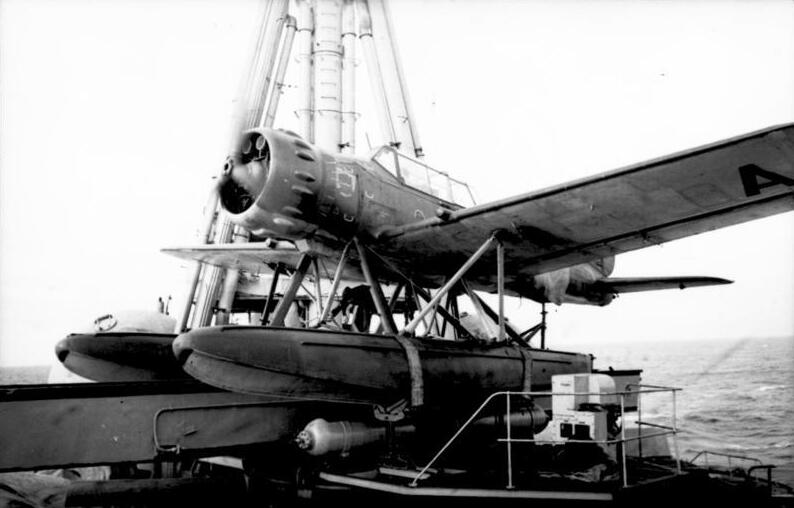|
German Auxiliary Cruiser Orion
''Orion'' (HSK-1) was an auxiliary cruiser of Nazi Germany's Kriegsmarine which operated as a merchant raider in World War II. Blohm & Voss built her in Hamburg in 1930–31 as the cargo ship ''Kurmark''. The navy requisitioned her at the start of World War II, had her converted into the auxiliary cruiser ''Orion'', and commissioned her on 9 December 1939. Known to the Kriegsmarine as Schiff 36, her Royal Navy designation was Raider A. She was named after the constellation Orion. Construction and conversion Blohm & Voss in Hamburg built the ship as a freighter for the Hamburg America Line (HAPAG). To save money, steam turbines from the liner ''New York'' were re-used. That proved a poor decision, since the ''Orion'' was plagued for her entire life by engine problems. After the war began the German ''Seekriegsleitung'' (Naval Operations Command) was ill-prepared for raider warfare. The operations of the German auxiliary cruisers of World War I were evaluated and considered ... [...More Info...] [...Related Items...] OR: [Wikipedia] [Google] [Baidu] |
Weimar Republic
The Weimar Republic (german: link=no, Weimarer Republik ), officially named the German Reich, was the government of Germany from 1918 to 1933, during which it was a constitutional federal republic for the first time in history; hence it is also referred to, and unofficially proclaimed itself, as the German Republic (german: Deutsche Republik, link=no, label=none). The state's informal name is derived from the city of Weimar, which hosted the constituent assembly that established its government. In English, the republic was usually simply called "Germany", with "Weimar Republic" (a term introduced by Adolf Hitler in 1929) not commonly used until the 1930s. Following the devastation of the First World War (1914–1918), Germany was exhausted and sued for peace in desperate circumstances. Awareness of imminent defeat sparked a revolution, the abdication of Kaiser Wilhelm II, formal surrender to the Allies, and the proclamation of the Weimar Republic on 9 November 1918. In its i ... [...More Info...] [...Related Items...] OR: [Wikipedia] [Google] [Baidu] |
Arado Ar 196
The Arado Ar 196 was a shipboard reconnaissance low-wing monoplane aircraft built by the German firm of Arado starting in 1936. The next year it was selected as the winner of a design contest and became the standard aircraft of the ''Kriegsmarine'' (German Navy) throughout World War II. Design and development In 1933, the ''Kriegsmarine'' looked for a standardized shipboard observation floatplane. After a brief selection period, the ''Reichsluftfahrtministerium'' (German Air Ministry, RLM) decided on the Heinkel He 60 biplane. This was one of a line of developments of a basic biplane airframe that appeared as a number of floatplanes, trainers, and fighters. Deliveries started in a matter of months. By 1935, it was found that the He 60's performance was lacking and the RLM asked Heinkel to design its replacement. The result was the He 114. The first prototype was powered by the Daimler-Benz DB 600 inline engine, but it was clear that supplies of this engine would be limited ... [...More Info...] [...Related Items...] OR: [Wikipedia] [Google] [Baidu] |

